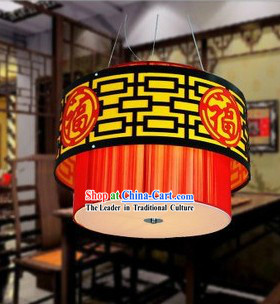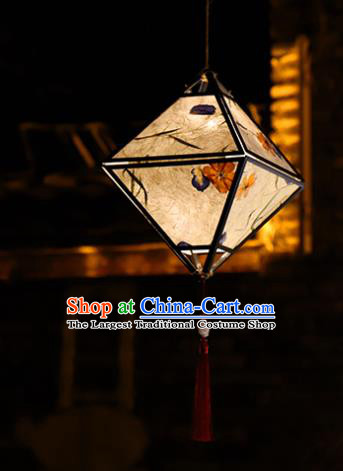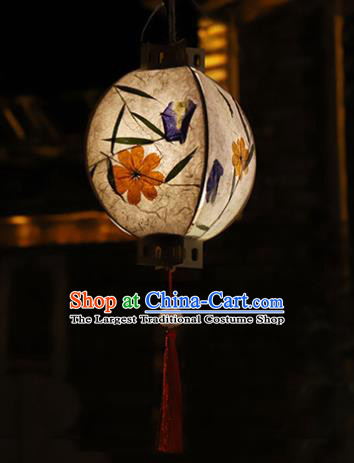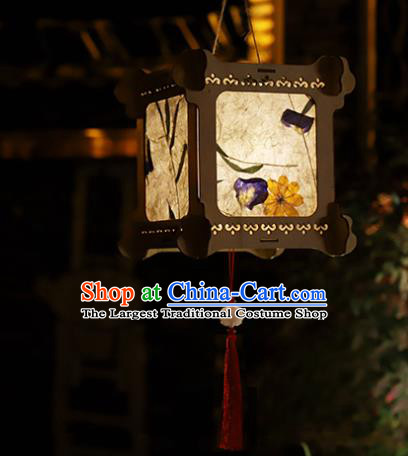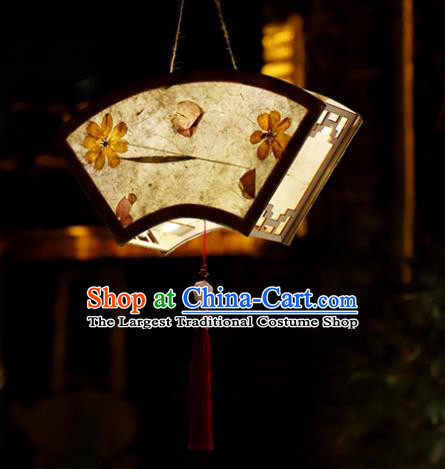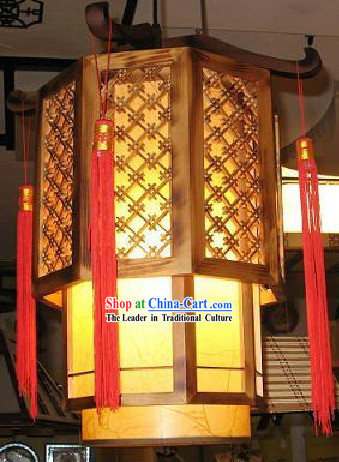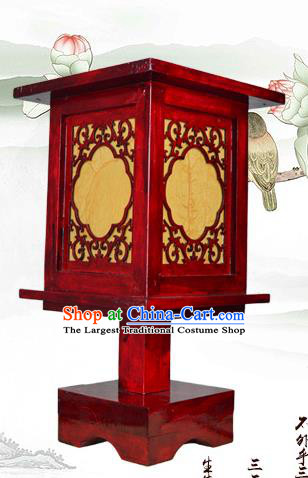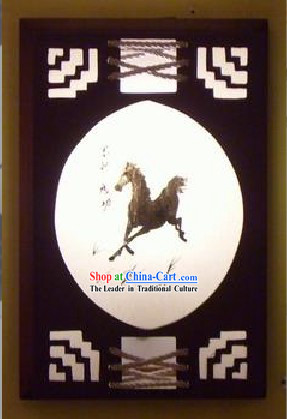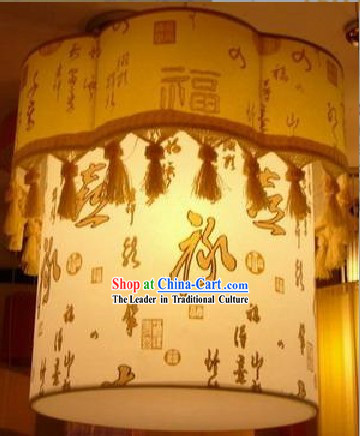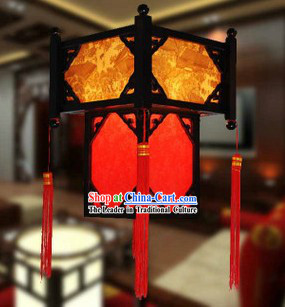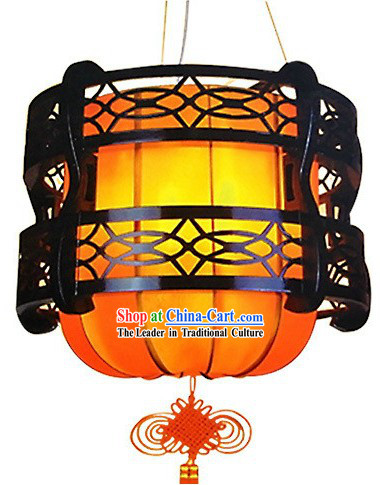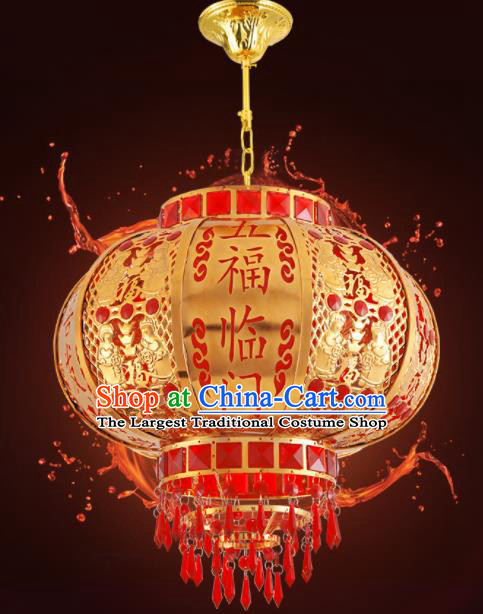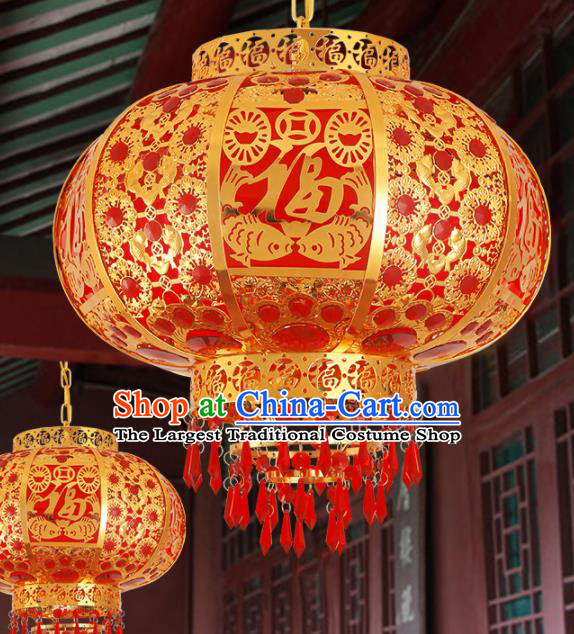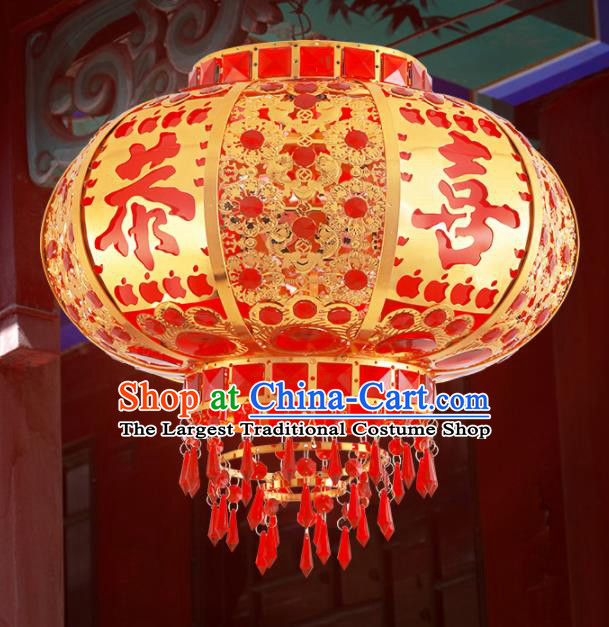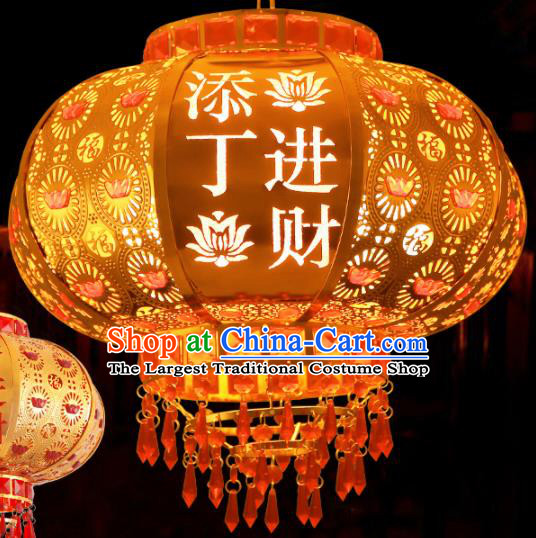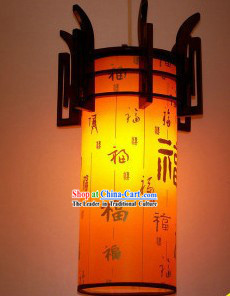
Click Related Pictures for More Audios:
Traditional Chinese lanterns are an art form with rich cultural significance and historical meaning.
They have become an integral part of Chinese traditional culture due to their unique design, exquisite craftsmanship, and symbolic significance.
These lanterns are typically made from bamboo or wood and come in round or oval shapes, adorned with various patterns.
The designs may include elements such as mythological stories, historical figures, flora, and fauna, reflecting the diversity and richness of ancient Chinese culture.
In ancient times, people often hung these lanterns under eaves to illuminate the path at night and also displayed them as decorations to showcase a family's wealth and status.
In addition to their practical function, lanterns also carry a wealth of symbolism.
For example, red represents joy and good fortune, while yellow signifies wealth and prosperity.
Some lanterns even feature auspicious symbols such as dragons and phoenixes, representing imperial authority and happiness.
The choice of patterns and colors reflects the pursuit of beauty and love for life by ancient Chinese artists.
Over time, lanterns have evolved into an art form that attracts more and more attention and appreciation.
Today, many artists combine traditional elements with modern design to create unique lantern works.
These works not only showcase the charm of Chinese traditional culture but also add a touch of romance and elegance to modern life.
In conclusion, traditional Chinese lanterns are an art form with rich cultural significance and historical meaning.
Through their unique design, exquisite craftsmanship, and symbolic significance, they demonstrate the diversity and richness of ancient Chinese culture.
Whether used as a practical tool or a decorative item, lanterns provide us with a window into traditional Chinese culture and allow us to feel the longing and pursuit of a better life by our ancestors.











































